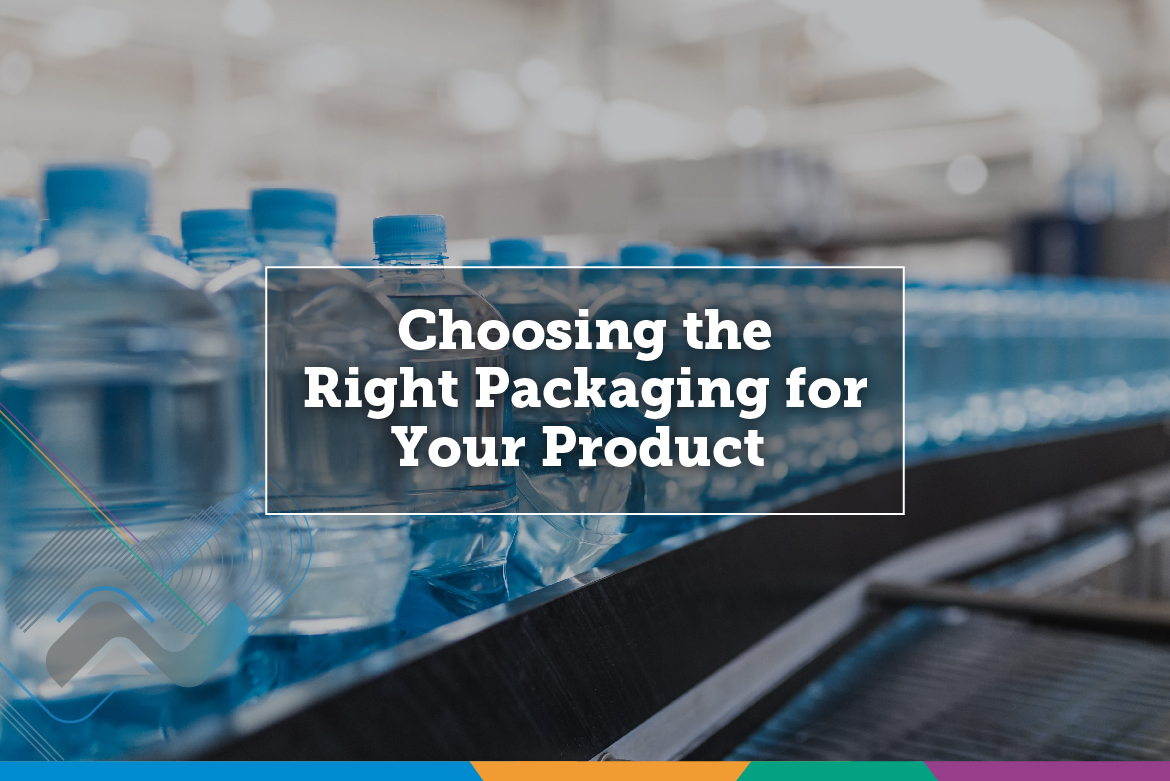
Choosing the Right Packaging for Your Product
Packaging plays a crucial role in marketing. It determines whether you attract customers or not, and therefore, has a direct impact on your sales. When choosing the right packaging for your product, consider the types of packaging materials available in the market.
Types of packaging material
The options include:
Flexible materials
Flexible plastic comes in many forms, shapes and variations, allowing for multiple types of customisation. It is sustainable, tough and lightweight compared to other packaging. Flexible plastic packaging are classified by the type of treatment, process or product requirement and come in different versions such as high barrier with aluminum, special material for heat treatment, modified atmosphere packaging and for hot-fill, etc.
Semi-rigid materials for vacuum-packing
This type provides a high degree of transparency and excellent preservation properties. It consists of coextrusions with a PA, PE or PP base, which can also incorporate a high barrier and peelability.
Rigid materials
On the basis of raw material, rigid materials can be segmented into metal, glass, paper and plastic. They offer a tough and resistant option that is highly transparent and recyclable.
Given the plethora of packaging materials available in the market, how do you know which one is right for your product and business. There are some basic criteria to evaluate and decide:
Budget
Materials like glass look great but are expensive to manufacture and transport. It is also breakable. However, sometimes, for certain products, consumers are willing to pay for greater perceived value. Keeping such considerations in mind, you need to define your budget and then search the market for available options in your set price range.
Transportation
Every product requires a high level of protection to get from point A to point B. The journey from factory to consumer can be harmful, so you need a clear understanding of how your product travels. The distance and time taken, modes of transportation used, storage conditions at each step – knowing all this will help you choose a strong and durable packaging that ensures your product remains undamaged and un-contaminated in transit.
Branding
Often times, manufacturers choose packaging that is an extension of their branding. For instance, if your USP is the organic or vegan aspect, you may consider packaging made from recycled, eco-friendly material. Also, packaging should look attractive and appeal to consumers. Flexible packaging offers some advantages in this regard as it offers excellent printing possibilities and larger space for branding which helps your product stand out on crowded retail shelves.
Package size & shape
Single sale, single-serve, multipack, bulk – your product probably comes in different sizes. You need a packaging material that can adapt to each size with consistency and versatility. Size and shape are important when it comes to shipping and distribution. You should try and find the most ergonomic, convenient and cost-effective shape and size – and select material that helps you achieve these goals.
Sustainability
It’s important that you choose materials that comply with industry regulations, minimize environmental pollution and offer long term sustainability. Flexible packaging and shrink films are lightweight so they are cheaper to ship than bulkier, heavier packaging. If you’re into e-commerce, you need to consider packaging options that protect your product in transit while being easy and safe to dispose of.
Further, automated packaging systems offer speed, minimize wastage and cost-efficiency that makes food packaging or pharma packaging more sustainable. It makes smart business sense to evaluate all the various materials available, and pick the most sustainable one.

0 comment